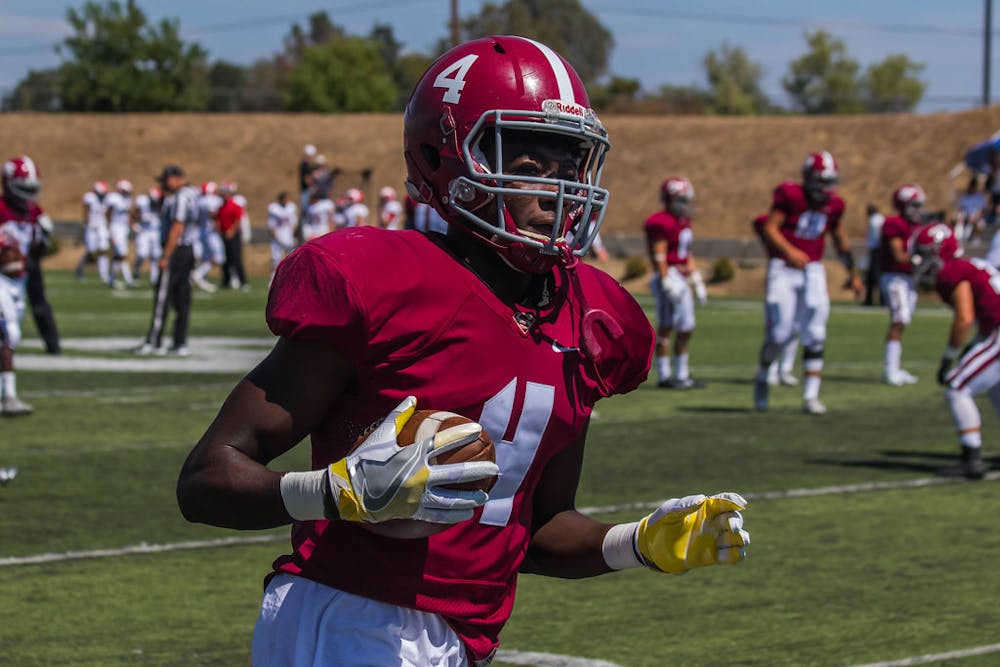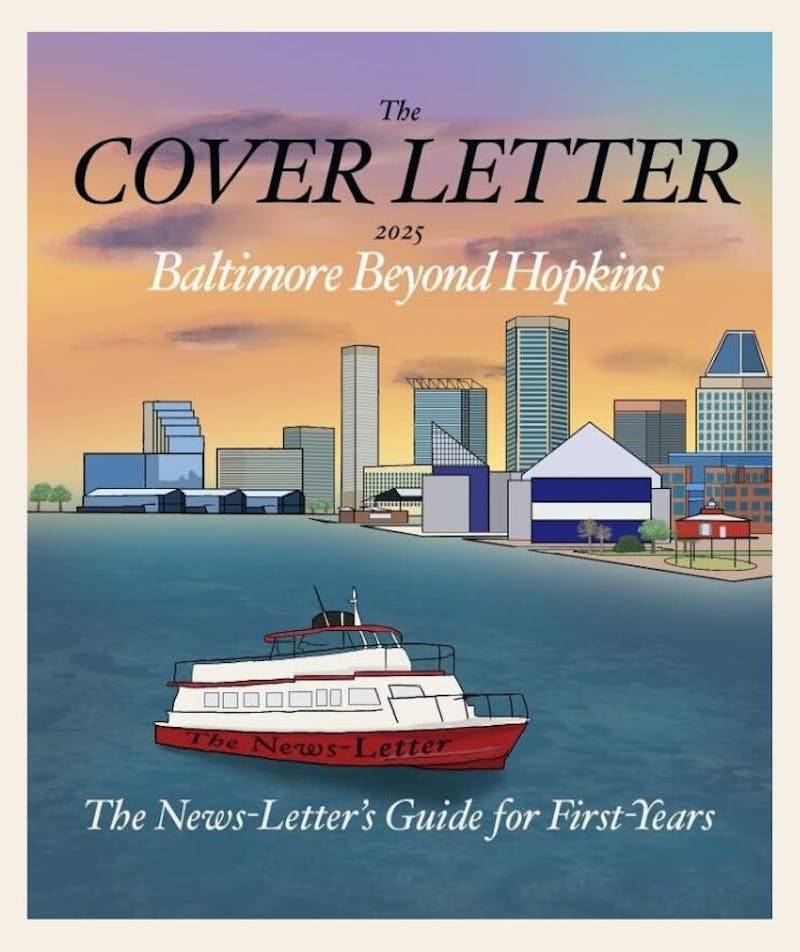
As a college football fan, I am constantly bombarded by folks on the internet claiming that NIL, the new system through which college athletes can get paid, and the 12-team playoff have ruined college football. People point to how the transfer portal has created a system where players are chasing money instead of remaining loyal to their team. However, they are just looking back nostalgically on a system where the same teams won every year. I think these pundits are completely wrong. This current system is by far the most entertaining college football has been in my lifetime and has fixed a system that exploited young athletes for decades.
From the fan perspective, the NIL era has created more parity than ever before. In the previous system, you could count on the same handful of teams being competitive every year and in nearly half of the games on any team’s schedule you could be sure of a 30+ point blowout. This was because colleges that prioritized football would stack talent. The backups at Alabama would be a top team in the entire country and would have no problem beating the brakes off most teams. However, now that every college has NIL, players are not going to take a pay cut to be a backup at a large program. This creates rosters that are much more balanced talent-wise across the board. Obviously, big programs with large NIL budgets are still going to have an advantage, but there are far more competitive games now than in the past.
The effects of this can be seen nearly every week of this College Football season. Upsets that would have been impossible before are now regular occurrences. Just a few weeks ago, UPitt beat a ranked Florida State and Northwestern managed to upset a top pre-season pick Penn State. And it’s not just upsets: Competition for the top ranked spots is more open than ever. There is a real chance that Indiana is going to finish as the #1 team in the nation, which a few years ago would have seemed like a fairytale.
Beyond the fan aspect of college football, these changes have been important for the players themselves. In the past, the players were paid only with scholarships, but everyone was aware that the players did not make any attempt to go to class. Now the players are treated as they should be, as professional athletes. College football programs, especially the premier ones, are bringing in amounts of money that easily rival professional teams. Most big programs (such as Alabama, LSU, Notre Dame) bring in over $100 million a year. For players to not get any of that money was ridiculous. This new system allows players to be compensated for the work that they put in and the damage they are doing to their bodies and brains.
When it comes to the 12-team playoff, the main argument against it is that it leads to uncompetitive playoff games, which is a position I vehemently disagree with. Even when there was only a four-team playoff, there were still blowouts often. However, the more important argument for a 12-team playoff is that there needs to be representation from all conferences. The old system often left out undefeated teams from lesser conferences which led to frustration among fan bases whose team never got a shot at winning a national championship despite an undefeated regular season. The new 12-team playoff allows every team that is having a great season a chance to compete for the national championship. It also leaves the door open for Cinderella runs, something that couldn’t happen in the old system. It has not happened yet, but there will be a year when a team that nobody expects wins a couple of games in the playoffs.
It is hard to fight against nostalgia, especially for fan bases that are now losing more games than they did in the pre-NIL era, but these recent changes have been great for college football. NIL and the 12-team playoff have created a more equitable system for the players and a more enjoyable experience for fans that we should all learn to appreciate.
Joseph Rainbolt is a junior majoring in Public Health Studies from Jacksonville, Fla. He is a Sports Editor for The News-Letter.





